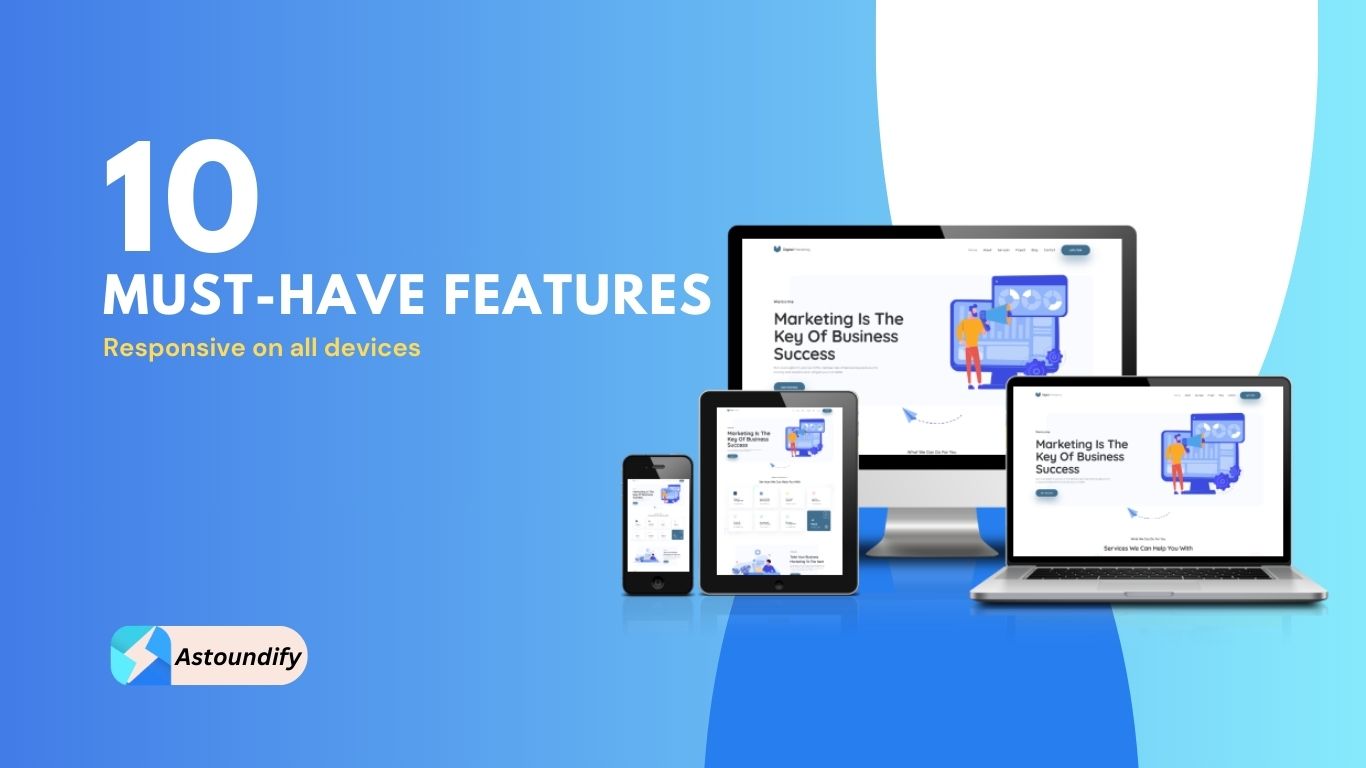Setting up a new marketplace can be a daunting task. There is much to do, and no guaranteed path to prosperity. That said, there are some clear methods and approaches that are consistently used by the majority of successful marketplaces that, if replicated, will help start your marketplace out on the right path.
In this article, we will consider five key approaches that you should adopt to help ensure your marketplace achieves its goals. These include attracting quality vendors and providing excellent vendor experience, creating a loyal customer base, ensuring a smooth payment process, and adapting your monetization strategies over time. By the end of reading you will have a clear understanding of what your marketplace needs to succeed.
1. Provide Quality
A key feature that all successful marketplaces have in common is ‘quality’. If you want customers to repeatedly visit your site, and part with their money, then you need to be providing your consumer base with high-quality vendors, products and services.
As running an online marketplace becomes more and more popular, selecting a niche or specific industry for your marketplace is a must. You then need to ensure that items sold on your site are relevant to this niche, and will add value to your visitors’ lives. By making a name for yourself as a marketplace that deals in high-quality goods, your site will quickly become the go-to marketplace in your chosen niche or industry.
2. Excellent Vendor Experience
Successful marketplaces always ensure an excellent vendor experience. By providing your vendors with an impressive user experience, you will help to secure their commitment to your marketplace. So what can you do to guarantee this top user experience? Let’s take a look…
- Use a Secure and Well Built Platform – It is crucial that your marketplace provides a seamless performance. From site speed to transaction security, vendors need to be able to trust your platform. Vendify, created by the developers here at Astoundify, is a powerful marketplace platform and a must see for anyone considering setting up their own marketplace.
- Ensure an Easy Set Up Process – Set up should be a smooth, intuitive process. This will enable vendors to quickly and easily list their products and services, and then get selling.
- Provide Extensive Features – Providing a wide range of features to cater for the many needs of your vendors is a must. From product and sales management, to customer info and analytics, vendors need to be able to quickly access the data they need from one central dashboard.
- Allow Customization – Offering customizable options, so vendors can display products and information in a way that reflects their brand, will allow sellers to take ownership of their listings and pages.
- Provide Support – Supporting your vendors and providing answers to any questions or problems that may arise is vital. Consider creating a well-organized knowledge base that sellers can rely on, enabling them to quickly find answers to queries, as well as providing further personalized support.
Evidently, there is much you can do to ensure your marketplace delivers an excellent user experience. However, if you want your marketplace to be successful, it’s equally important to focus on the customers…
3. Create a Loyal Customer Base
Another key strategy of successful marketplaces is to create a loyal customer base, that returns again and again to make purchases. To do this you need to build trust with your customers and create a reputation as the top marketplace in your niche. Here are some ways to do so…
- Provide Quality – As previously referred to, it is crucial that you ensure the vendors, products, and services sold on your marketplace are high quality. This will establish your site’s reputation as a marketplace well worth visiting.
- Allow Customers to Leave Reviews – Giving customers the opportunity to leave reviews on your marketplace demonstrates transparency, a sure way to earn trust.
- Protect Your Customers – Your marketplace needs to be a trusted intermediary. Therefore, ensure all necessary legal frameworks are in place, terms and conditions agreed with vendors, and safeguards set up for payment processes and site security.
- Be Present on Social Media – Running campaigns and connecting with your target consumer base is an effective way to keep your marketplace fresh in people’s minds and remind them to return to your site.
- Offer Incentives to Loyal Customers – Providing incentives for regular consumers and rewarding their loyalty can help turn one off buyers into lifelong customers.
Retaining customers is much more cost effective than constantly trying to attract new audiences. Therefore, make sure building a loyal customer base becomes a priority.
4. Seamless Checkout Process
A seamless checkout process will cut down on those abandoned shopping carts and ensure customers complete purchases. So let’s take a look at some key features that successful marketplaces use to create a smooth checkout process…
- Site Navigation – Ensure the checkout process is easy to navigate, with uncluttered page layouts and clearly visible ‘next step’ buttons.
- Checkout Steps – Keep the number of checkout steps to a minimum. If the checkout process is too long winded you will quickly lose customers.
- Logging In – Provide customers with the option of logging in with a social media account or checking out as a guest.
- Accept Popular Payment Methods – Ensure you accept all major credit cards and that the payment gateway provider you use is reputable and trusted.
- Be Upfront with Prices – Display the full price of an item on the product page. Don’t wait until the final checkout page to spring extra costs on a customer. If shipping costs extra, be clear about this from the start, and ensure the shipping fees are reasonable.
The take away here is that customers don’t want to part with surplus information. Neither do they want to take more than a few clicks to make a purchase. Therefore, just ask for the bare essentials, and keep the whole checkout process as streamlined as possible.
5. Change your Monetization Strategies as Your Marketplace Grows
As your marketplace grows, and traffic increases, the monetization options available will start to broaden. There are numerous ways to earn a living from your marketplace. Options include…
- Vendor Subscription Fees – Charge your vendors a subscription fee to list and sell products on your marketplace.
- Listing Fees – Charge a listing fee for every item listed on your site.
- Premium Listings – Charge vendors a premium for listings featured in prominent positions.
- Transaction Fees – Another well-used profit-making strategy is to charge a fee for each transaction made on your marketplace. This fee can be a percentage of the price, or set at a flat rate.
- Advertising Fees – Charging to advertise on your site can also be very profitable. Consider providing banner ad space at the top of a page, or displaying ads in sidebars.
Successful marketplaces alter their revenue methods over time. Most new marketplaces will opt to simply charge vendors a fee for each transaction. This is because the traffic they receive is not substantial enough to warrant charging for listings or advertising space. However, as a marketplace becomes more popular, and the demand from vendors to be visible on your site increases, you can begin to introduce vendor subscription fees, charge for premium listings, and more.
For more information on how to generate revenue from your marketplace, check out our article on How to Successfully Monetize Your Marketplace.
Final Thoughts on Successful Marketplaces
Building a marketplace from scratch isn’t easy and will take time and effort. However, if you take note of the well-learned lessons discussed in this article, you will be able to implement the right strategies to help your marketplace succeed.
Not found the right platform for your marketplace yet? Then it’s time to check out Vendify.






Leave A Response